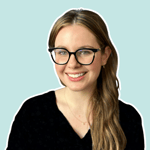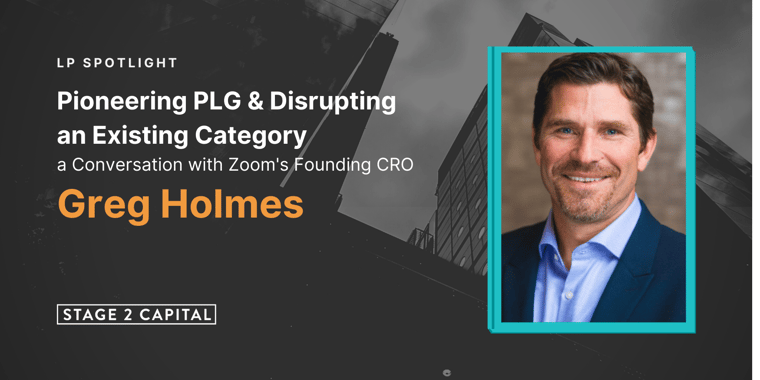As a distinguished Stage 2 Capital LP, Greg Holmes is known for playing a crucial role in Zoom's remarkable success. He led worldwide sales through the company's IPO, and helped Zoom grow from nascent stages to a multi-billion dollar communication platform.
Greg joins Stage 2 Capital Co-Founder & MD, Mark Roberge, to discuss the early days at Zoom, and share how the company positioned itself to disrupt an existing market with its PLG play.
How did Zoom determine its first ICP?
"We didn't start out with the functionality of competitors, so we couldn't attack high-tech software companies," Greg says. "But after digging into the data of our free users, we saw we had a strong education presence. We then made a target of closing 100 universities by the end of the year, went to education trade shows and events, and for the time being, stayed in that vertical because we were having success."
Greg suggests, "If you do have some product data, especially around your users, I encourage you to dig in and see what's showing itself early so you can make an educated guess around which vertical to initially go after."
What did early demand generation look like at Zoom?
"We didn't hire an official marketing team until about two years in," Greg says. "It was a lot of sales-driven efforts, like focusing on [industry-specific] trade shows and events that aligned with the verticals we were targeting the first year."
Greg goes on to say, "The product was also our marketing engine. We were getting a huge flow of free users, and word-of-mouth became a major generator for us." However, "Even with a sea of free users, we weren't having a lot of success selling to them — it wasn't the right place to put the focus. Instead, we just let them love the technology and tell their friends." Greg adds, "Eventually they might buy one pro license," which was the green light for his team to begin selling to them.
Can you share more about the process of turning Zoom's free users into paid?
"[The early sales org] became more focused on customer success, in a way, because our reps would coach users and make sure they were using best practices. From there, reps would triangulate to get higher within the user's company and try to get a deal out of it."
As they started growing the team, Greg looked for more reps that fill more of an "Account Manager" role. He brought on folks that could "deliver happiness, explore why a user purchased, bring more goodness to their purchase, and build a trusted relationship."
How was sales compensation aligned with pricing during Zoom’s early days?
“In the first year, if you get enough data, you can start building decent quotas,” Greg shares. But before that, “It was hard to set numbers and know how much each rep could generate.”
Back then, “We had just ‘free’ and ‘pro’ plans,” he recalls. “Reps did not get credit for a $10/month user. They would only get credit when they converted it up to two or more seats in an account’s plan.” In turn, “We had to become smarter about who reps were talking to — we started looking more closely at the companies users were from, and what the likelihood was of a company buying more.”


